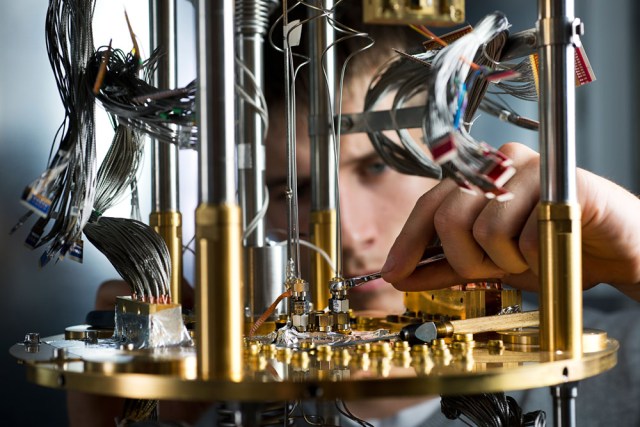
Thousands of postcards, an array of science experiments and a couple of art projects took a suborbital ride to space today on Blue Origin’s New Shepard spaceship, during a test flight aimed at blazing a trail for space travelers.
Today’s uncrewed flight was the 12th test mission for the New Shepard program, which is just one of the space initiatives being pursued by Amazon CEO Jeff Bezos’ space venture. It’s been seven months since the previous test flight in May.
Liftoff from Blue Origin’s suborbital launch facility in West Texas came one day after weather concerns forced a postponement. Even today, the launch team had to wait for heavy fog to clear before sending up the 60-foot-tall reusable spacecraft at 11:53 a.m. CT (9:53 a.m. PT).







